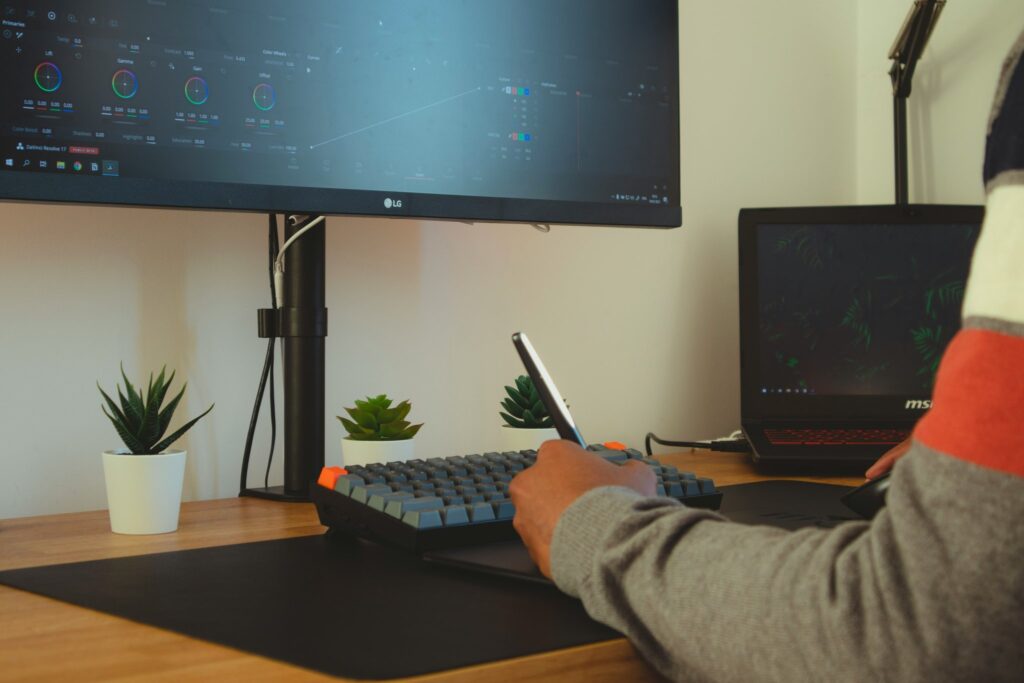“Ever been stuck in a business call on your phone and wished you could seamlessly switch it to another device? Us too. Let’s fix that.”
Running a business means juggling calls, meetings, and emails like a professional circus performer. But nothing disrupts productivity faster than being tied to one device during an important call. Enter the call flip feature additions. This game-changing functionality allows you to transfer calls between devices without missing a beat. In this post, you’ll learn what call flip is, why your business needs it, and how to maximize its potential.
We’ll cover:
- The pain points of staying tethered to one device
- A step-by-step guide to setting up call flip
- Tips for optimizing this feature
- Real-world examples of businesses thriving with call flip
Table of Contents
- Key Takeaways
- The Problem With One-Device-Only Calls
- How to Set Up Call Flip Feature Additions
- Best Practices for Using Call Flip
- Real-World Success Stories
- FAQs About Call Flip Feature Additions
- Conclusion
Key Takeaways
- Call flip feature additions let you transfer calls between devices seamlessly.
- This improves flexibility, productivity, and customer satisfaction.
- You can set up call flip through popular VoIP platforms like RingCentral or Google Voice.
- Optimize by integrating with CRM tools and training your team on proper usage.
- Businesses using call flip report reduced downtime and higher client engagement.
The Problem With One-Device-Only Calls

I once missed a pivotal $50k deal because I couldn’t take my desk phone into a meeting room without losing the connection. Imagine holding a call hostage while scrambling to find headphones or rushing back to your desk—it’s chaos. And chaos doesn’t scale well in business.
Grumpy You: “Sounds like nails on a chalkboard when someone says, ‘Sorry, I have to run back to my desk.’”
Optimist You: “But wait! There’s a solution, and it’s called call flip!”
Staying glued to one device kills productivity. It limits mobility, interrupts workflows, and frustrates customers. Thankfully, modern technology has solved this problem with advanced call flip features. Let’s dive deeper into the benefits and problems they solve.
How to Set Up Call Flip Feature Additions

Step 1: Choose a Compatible VoIP Service
First things first—your business needs a reliable VoIP provider. Popular options include:
- RingCentral: Offers seamless integration across desktops, mobiles, and desk phones.
- Google Voice: Affordable and easy to use but less robust for enterprise needs.
- Zoom Phone: Perfect if your team already uses Zoom for video conferencing.
Step 2: Enable Call Flip in Settings
- Navigate to your account settings in your chosen platform.
- Look for “Advanced Calling Features” or similar wording.
- Enable “Call Flip” or “Transfer Between Devices.”
Step 3: Test the Setup
Make sure everything works before going live. Try flipping an active call from your smartphone to your office phone. If you hear silence instead of sweet success, check your internet connection or consult tech support.
Best Practices for Using Call Flip
Tip 1: Integrate with CRM Tools
Sync your call flip feature with CRM software like Salesforce or HubSpot. This ensures call history is tracked automatically, saving time and improving follow-ups.
Tip 2: Train Your Team
Show your employees how to use call flip effectively. Without training, even the best tool becomes shelfware.
Terrible Tip Alert!
“Pro tip: Don’t train anyone and hope they figure it out themselves.”
Nope. Just no. Training is essential, folks.
Rant Section: Stop Ignoring Mobility
There’s nothing worse than watching colleagues tie themselves to desks like prisoners in cubicle purgatory. Mobility isn’t optional—it’s mandatory. The sooner we embrace tools like call flip, the better off our workdays will be.
Real-World Success Stories

Take Jamie’s agency, for example. Her team implemented call flip and saw a 30% increase in billable hours simply because staff members weren’t wasting time running back to their desks. Another company integrated call flip with their CRM and boosted customer retention rates by 15%. These aren’t isolated cases; they’re trends worth emulating.
FAQs About Call Flip Feature Additions
Q: Is call flip secure?
Absolutely. Most VoIP services encrypt calls end-to-end, ensuring privacy and security.
Q: Do I need multiple phone numbers?
Nope. Call flip works with a single number, making life easier.
Q: Can I flip calls internationally?
Yes, provided your VoIP plan supports international calling.
Conclusion
To wrap it up (but not tie you down), the call flip feature additions are transforming workplace dynamics. By enabling smooth transitions between devices, businesses enhance productivity, improve client experiences, and empower employees. Whether you’re switching from your laptop to your cellphone or vice versa, these tips ensure you stay ahead of the curve.
Now go make those calls—and flip them like a pro!
P.S. Remember, staying productive is like keeping a Tamagotchi alive in the early 2000s: consistent care ensures survival.


